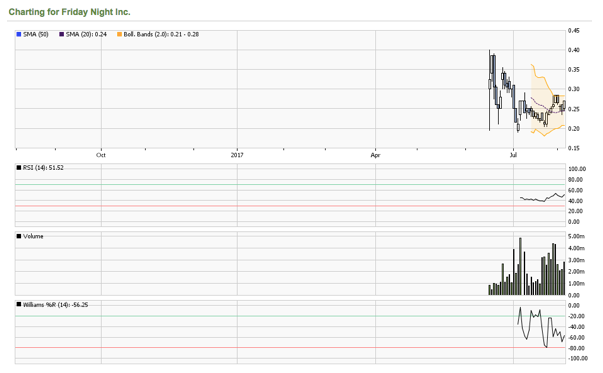
– Determining Position Size –
There are many factors to take into account when determining a suitable position size for each play. Everyones position size and risk/reward is different and dependent on their comfort level, thats why setting a percentage or dollar risk limit you’ll risk on each trade is important. A rule of thumb among many professional traders is %1 or less of their total account. By only risking %1 you avoid the scenario of being wiped out in only a few trades.
Other factors i like to take into account are, length of hold, share structure, probability of dilution, price action and indicators. The overall trend is important when scanning for potential stocks to trade, i like looking for a minimum of 2-3 indicators lining up for a possible bullish move. Another important aspect to take into account is the companies share structure which involves the types of shares the company creates and issues. From a technical perspective a companies share structure can affect the stocks price action so its good to scan stocks that fit your share structure criteria. Next we need to determine the trade risk so a stop limit price must be set. This is best placed outside of support levels or normal market movement range. Using TGIF as an example (chart below) a stop limit would be set just under the 21sma, for example purposes say 0.23. We know our account risk is going to be %1 of total account size, so if your account size is $50,000 youʼre going to risk $500. Next our trade risk is the spread between the entry price and stop loss, given a current price of 0.25 and a stop limit of 0.23 our trade risk is then 0.02. Using the formula below we can figure out what our position size will be.
-Formula-
Account Risk ($) / Trade Risk ($) = Position Size (shares) $500 / 0.02 = 25,000
Some of my most used indicators that i use in determining a position size are;
1. The overall trend – Iʼll lean more towards a larger sized position if i see an overall bullish trend
2. Bollinger Bands – A bullish indicator i take into account when determining position size with the bollinger bands is if its trading and holding above the middle band (21sma)
3. Volume – Look for increasing volume to indicate a possible bullish move coming
4. RSI // Relative Strength Index – look for the RSI trading in the oversold territory or just starting its curl upwards, this indicates a possible bullish move coming.
5. MFI // Money Flow Index – Using the same indication as the RSI look for the MFI to be trading under 20 or curling in the upwards direction.
This method gives you a quick way to calculate your position sizes with proper risk management. Adapting and applying a stop limit in conjunction with proper position sizing will keep you from blowing up an account.




































































































































































































